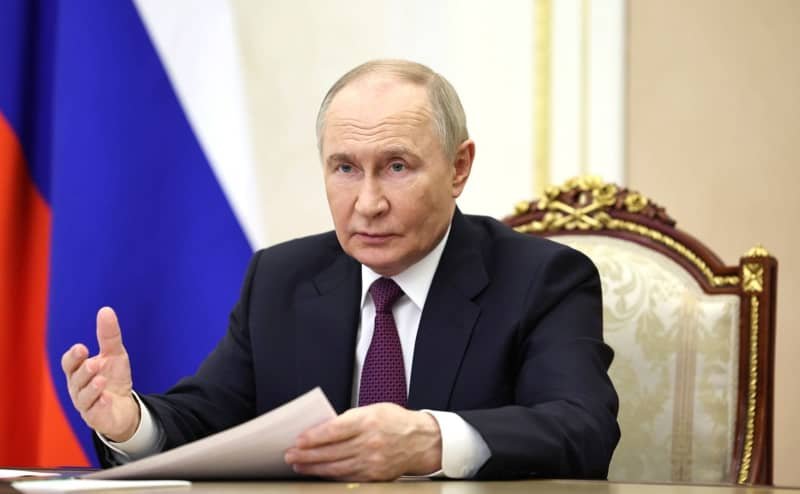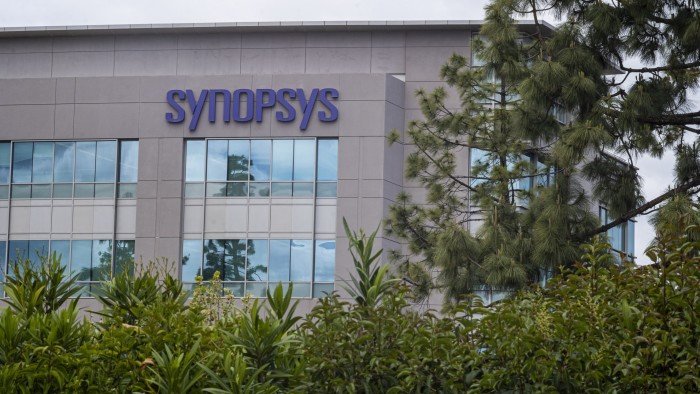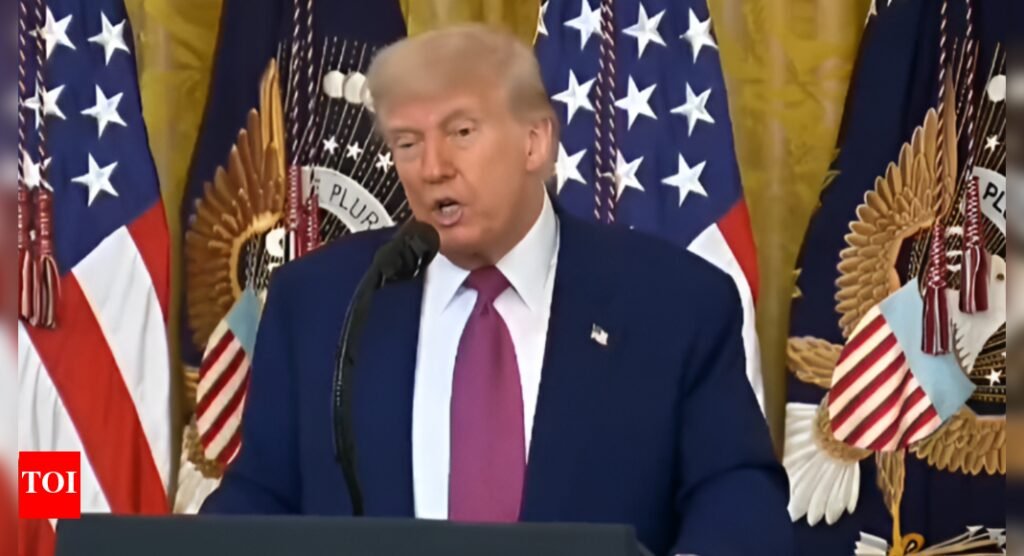The President of the United States, Donald Trump, announced on Wednesday a new trade agreement with China that, although it is still awaiting final approval from both leaders, has been presented as a “major victory” by the Republican leader.
In a series of posts on his social network, Truth Social, Trump confirmed that the United States will impose tariffs of 55% on Chinese products, while China will maintain a 10% tax on American goods.
“Our agreement with China is finalized, pending final approval between President Xi and myself. Complete magnets and any necessary rare earth minerals will be supplied in advance by China. Likewise, we will provide China with what has been agreed upon, including Chinese students using our colleges and universities (which I have always thought was a good idea),” wrote Trump.
“We obtain a total of 55% in tariffs, China receives 10%. The relationship is excellent! Thank you for your attention to this matter,” he concluded.
Axes of the agreement: Rare earths, trade, and visas
One of the key pillars of the agreement is China’s commitment to supplying critical minerals, such as rare earth magnets, which are essential for technological and military industries.
This provision aims to ensure U.S. access to strategic materials that Beijing had previously restricted as a pressure tactic. Trump particularly welcomed China’s willingness to facilitate that supply.
The agreement also includes a significant gesture towards the academic community: the U.S. administration will authorize visas for Chinese students enrolled in universities in the country.
This measure eases one of the restrictions that has strained bilateral relations the most in recent years and addresses one of the most critical points for Beijing.
“Along with the report on China, President Xi and I will work closely to open China to U.S. trade. This would be a great victory for both countries,” Trump added in another post.
Context: Tensions, tariffs, and diplomacy
The negotiations that led to this agreement took place over two days in London, as a continuation of a “very positive” conversation between Trump and his Chinese counterpart Xi Jinping last week.
Both delegations reached a preliminary framework for cooperation, which, according to Chinese Vice Minister of Commerce, Li Chenggang, should contribute to greater trust between China and the United States.
“Both parties will present a report to their respective leaders regarding the discussions held during the meeting, as well as the framework reached in Geneva. We hope that the progress achieved in this London meeting will contribute to greater trust between China and the United States,” explained Li, in statements reported by international press.
The central themes of the discussions were rare earth exports, semiconductors, and student visas, three strategic pillars in the current technological and educational competition between the two powers.
The current agreement modifies the tariff framework established in Geneva the previous month, when the U.S. had pledged to reduce its rates from 145% to 30% and China from 125% to 10%.
In this new phase, Trump announces that the U.S. tariff is increased to 55%, stating that it is part of a more beneficial strategy.
Previous obstacles and perspectives
The trade war between the two countries had intensified due to mutual restrictions.
The White House had suspended key exports to China—such as advanced semiconductors, jet engines, and certain chemicals—while Beijing restricted access to chip design software and warned about the revocation of academic visas.
Despite this background, the new agreement represents a step towards the normalization of relations, although final ratification from both presidencies is still pending.
From the Department of Commerce, Secretary Howard Lutnick expressed optimism.
“The commercial framework and the implementation plan resulting from the agreement should lead to the resolution of the restrictions on rare earths,” he forecasted.
Although many details of the agreement still need to be officially finalized, Trump is already taking for granted the new trade framework with China, describing it as a diplomatic achievement that marks a new phase in bilateral economic relations.







